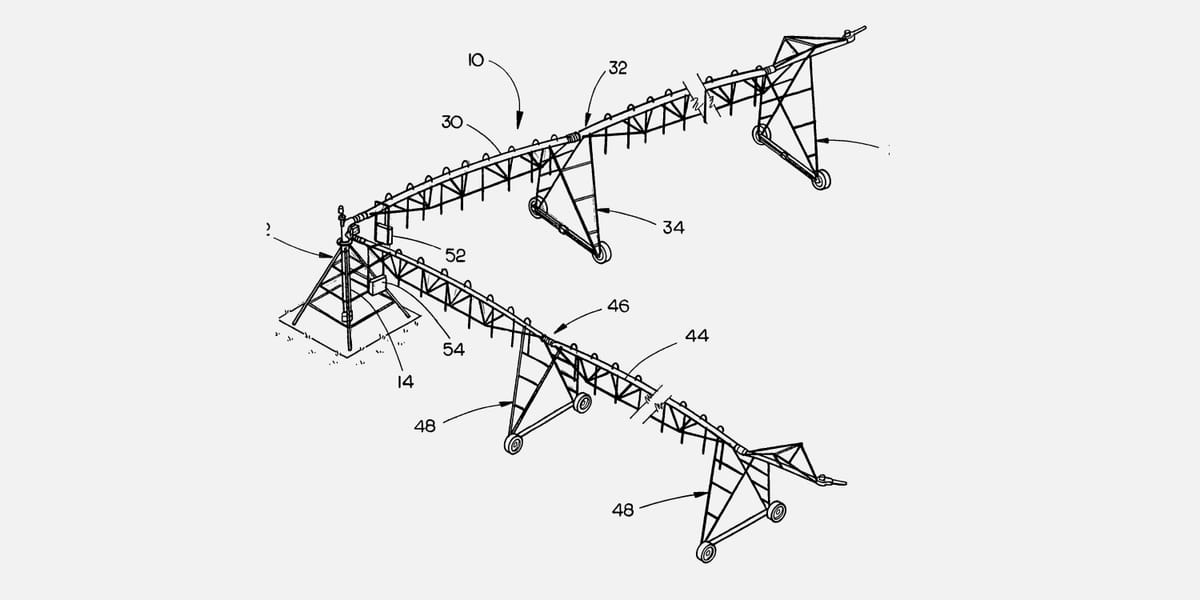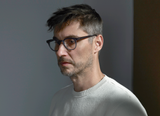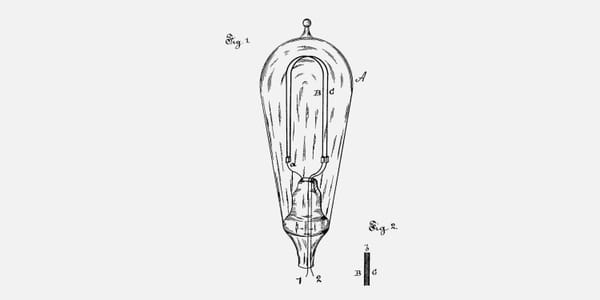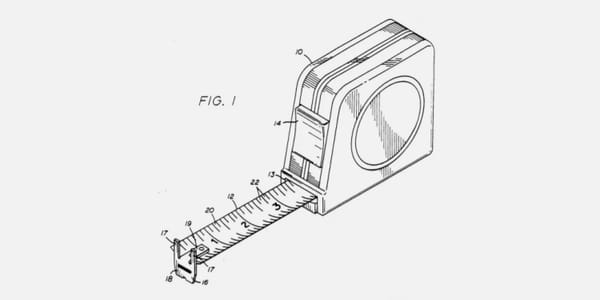The Hidden Costs of Not Integrating Design: Why Investing in Design Expertise Saves Money in the Long Run
It’s surprising how often hidden business costs tie back to design oversight. Many execs treat design as optional, but brand missteps and product recalls show that skimping on integrated design leads to bigger issues down the line. Thoughtful design isn’t just “nice-to-have”... it’s essential.

When you’re building a company, it’s easy to look at design as an “extra” expense—something to save for later, once the foundational work is done and revenues are healthy. In truth, though, the longer design is sidelined, the more expensive it becomes to repair the gaps left behind. What starts as an “efficient” decision can easily turn into a costly mistake, where inconsistent brand messaging, user experience flaws, and diminished customer loyalty quietly chip away at your margins.
So, why is design such a powerful long-term investment? Let’s break down the hidden costs of not integrating design and the ways strategic design can be your most effective cost-saver.
Fragmented Brand Identity Hurts Customer Trust
Brand consistency isn’t just a marketing hot air; it’s a fundamental aspect of customer trust. The challenge with patchworking design is that you end up with a series of decisions that don’t necessarily communicate a cohesive story to the audience. Imagine a company with a website that feels modern and sleek, but its mobile app looks outdated, and its packaging seems generic. Customers start to sense that this brand isn’t quite “put together,” and over time, that impression eats away at trust.
When design is part of the foundational process, your brand identity is thoughtfully constructed to be consistent across all touchpoints. It becomes a critical aspect of your company’s DNA. Investing in this cohesive design from the beginning means that customers know what to expect each time they interact with you, building trust that translates into loyalty.
Usability Issues Lead to Unplanned Redesigns and Costly Fixes
For digital products, usability is everything. A clean, intuitive interface can make or break a product's adoption, and that’s not something you want to leave to chance. A lack of integrated design expertise often means that critical UX elements are either overlooked or pieced together in a way that’s disjointed and difficult for users to navigate.
The financial risk here is high: poor usability can lead to significant drop-off rates, customer churn, and even legal liability in some industries. And if you’re constantly patching usability problems, you’re likely incurring additional development costs. These “quick fixes” can eventually require a total overhaul, and by then, you’ve spent far more than you would have by investing in design from the start.
Consider Airbnb’s decision to overhaul its website and app in 2014. By investing in cohesive, user-centered design, the company saw increased user satisfaction, fewer customer service calls, and greater loyalty. The moral? Thoughtful design pays off in customer retention and satisfaction, which directly impacts the bottom line.
Operational Inefficiencies Can Slow Growth
When design is integrated, it doesn’t just make a brand look cohesive; it creates internal efficiencies that support sustainable growth. Without a shared design language and central repository of design guidelines, teams end up spending excessive time redoing work or producing off-brand elements that need fixing later. Even worse, it can create confusion about what the brand actually represents, both internally and externally.
This lack of coherence may not show up on a spreadsheet right away, but over time, it creates drag within the organization. Teams become slower, creativity is stifled by constant rework, and your brand positioning suffers. By contrast, integrated design practices provide a strong foundation that can scale as the company grows, saving time and resources at each stage.
Customer Loyalty Erodes Without Cohesive Design
An often-overlooked consequence of sidelining design is how it impacts long-term customer loyalty. Design directly impacts how a brand makes customers feel, and it’s the feeling that drives people to come back. Studies have shown that customer loyalty is closely tied to brand perception, which is directly shaped by design consistency and quality.





